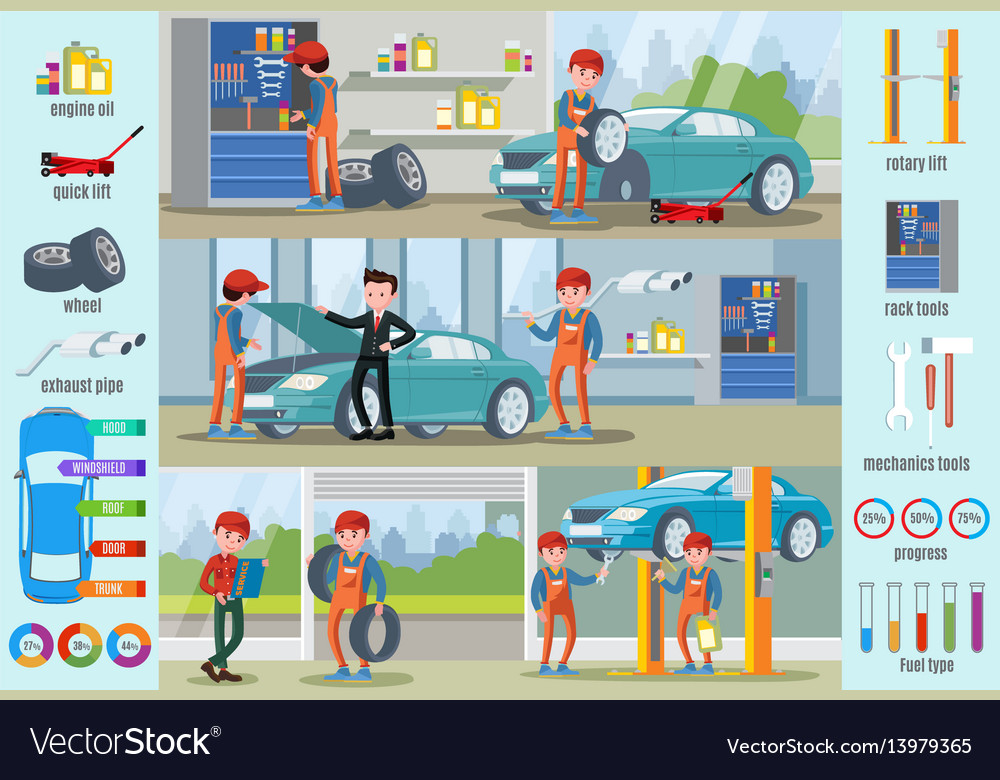A Comprehensive Overview To Brake Systems: Identifying Common Issues And Their Solutions
A Comprehensive Overview To Brake Systems: Identifying Common Issues And Their Solutions
Blog Article
Material Author-Overby Brooks
When it pertains to your vehicle's brake system, comprehending typical concerns can conserve you from prospective security hazards. From identifying brake pad wear to dealing with brake liquid leakages, recognizing how to deal with these issues is crucial. However what regarding https://thepost.nz/2022/07/26/automotive-repair-and-maintenance-services-market-future-scope-up-to-2028-goodyear-tire-rubber-discount-brake-auto-repair-monro-muffler-brake-jiffy-lubes-international-copyright-interna/ ? There's a solution for that too. Stay tuned to get more information about these concerns and the functional services that can keep you safely on the road.
Brake Pad Put On and Substitute
When it concerns preserving your vehicle's brake system, one crucial facet to keep an eye on is the wear and replacement of brake pads. Brake pads are vital components that push versus the brake blades to reduce or stop your automobile. Over https://ecu-tuning-near-me94837.anchor-blog.com/11480208/the-improvements-in-automotive-repair-modern-technology-newest-advancements-in-the-field , these pads wear down because of friction, requiring regular examination and substitute to ensure your brakes function efficiently.
To establish if https://brake-fluid-price16172.dgbloggers.com/31581542/new-trends-in-auto-fixing-technology-developments-affecting-the-area need replacement, listen for screeching or grinding sounds when you use the brakes. Additionally, if your car takes longer to stop or you see resonances or pulsations when braking, it might be time to change the brake pads.
Overlooking used brake pads can bring about reduced braking efficiency, damage to various other brake elements, or even brake failure.
Replacing brake pads is a reasonably straightforward procedure for several cars. Nonetheless, if you're uncertain or uneasy doing this job, it's finest to seek advice from a specialist auto mechanic to ensure correct installation and ideal brake efficiency.
Routinely checking and replacing brake pads is vital for your safety and security and the long life of your vehicle's stopping system.
Brake Liquid Leaks and Maintenance
To guarantee your vehicle's brake system functions ideally, it is necessary to additionally take note of brake fluid leakages and upkeep. Brake liquid is crucial for transferring the force from your foot on the brake pedal to the actual braking system. One common problem with brake liquid is leaks, which can happen as a result of tatty brake lines, seals, or links. If you discover a pool or trickles under your car, it's vital to deal with the leak promptly to avoid a prospective brake failure.
On a regular basis checking your brake liquid level is essential to preserving your brake system. Reduced brake liquid can bring about air going into the brake lines, which endangers stopping performance.
In addition, old or infected brake liquid can influence the total efficiency of your brakes. It's suggested to comply with the maker's guidelines on when to transform the brake fluid, usually every 2 years.
Spongy Brake Pedal: Bleeding Brakes
If you have actually ever before experienced a squishy brake pedal while driving, you comprehend the relevance of keeping a company and responsive stopping system. One usual root cause of a squishy brake pedal is air caught in the brake lines. When air enters the brake system, it can result in a loss of hydraulic stress, causing that unsettling spongy feeling when you push the brake pedal.
To fix this concern, hemorrhaging the brakes is required. Hemorrhaging the brakes includes eliminating the air from the brake lines to bring back appropriate hydraulic pressure.
To hemorrhage the brakes, you'll require a helper to aid you. Start by finding the brake bleeder valve on each wheel, normally found near the brake caliper. With a wrench, loosen the valve and have your assistant press the brake pedal while you observe any air bubbles appearing. Repeat this procedure for every wheel, beginning with the wheel farthest from the master cyndrical tube and moving closer.
As soon as you no longer see air bubbles and just clear liquid arises, tighten up the shutoff and top up the brake liquid reservoir as required. Bleeding the brakes aids make sure a company brake pedal and improves overall braking performance.
Verdict
Now that you comprehend common brake issues and how to repair them, you can ensure your automobile's safety and security and efficiency. Keep in mind to listen for warning signs like shrieking sounds or spongy brake pedals, and address them without delay. Regular maintenance and prompt substitutes are key to maintaining your brakes in leading problem. Keep proactive and conscientious to your brake system to appreciate safe and trusted driving experiences.
